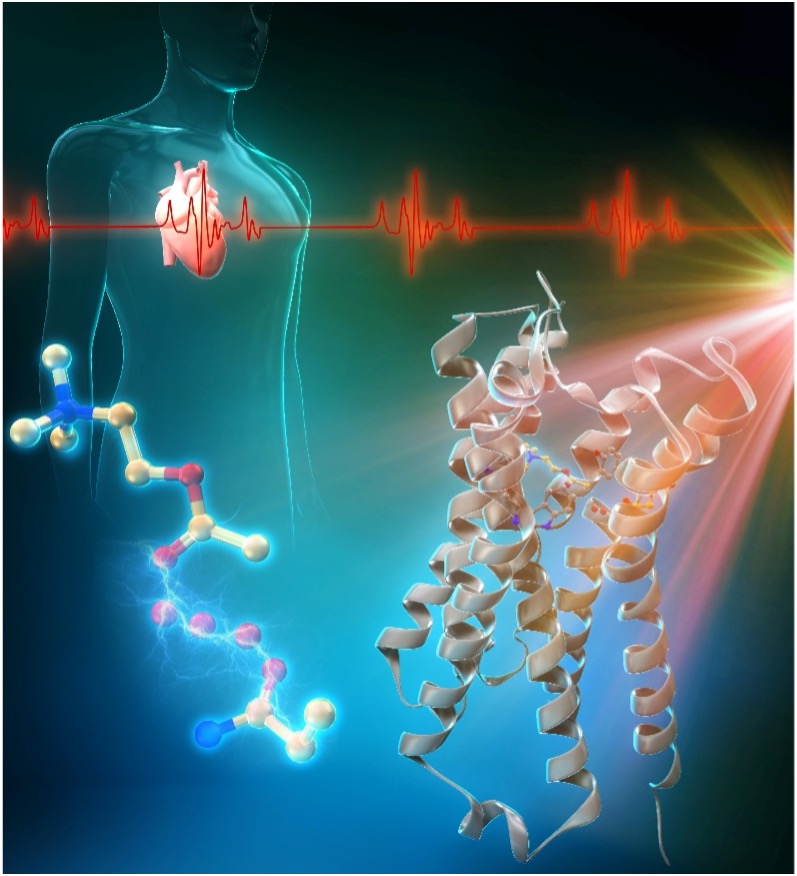2025-03-17 京都大学

ムスカリン受容体にアセチルコリンが結合する過程の赤外分光法による観測イメージ
<関連情報>
- https://www.kyoto-u.ac.jp/ja/research-news/2025-03-17-0
- https://www.kyoto-u.ac.jp/sites/default/files/2025-03/web_2503_Iwata-03d2974dae07866af808a562a438b548.pdf
- https://pubs.acs.org/doi/10.1021/jacs.4c14385
M2ムスカリン受容体における重要な活性化ホットスポットの発見 Discovering Key Activation Hotspots in the M2 Muscarinic Receptor
Yuya Sugiura,Tatsuya Ikuta,Yuji Sumii,Hirokazu Tsujimoto,Kohei Suzuki,Ryoji Suno,Putri Nur Arina Binti Mohd Ariff,So Iwata,Norio Shibata,Asuka Inoue,Takuya Kobayashi,Hideki Kandori,Kota Katayama
Journal of the American Chemical Society Published March 14, 2025
DOI:https://doi.org/10.1021/jacs.4c14385
Abstract
The M2 muscarinic receptor (M2R) is a prototypical G protein-coupled receptor (GPCR) that serves as a model system for understanding ligand recognition and GPCR activation. Here, using vibrational spectroscopy, we identify the mechanisms governing M2R activation by its native agonist, acetylcholine. Combined with mutagenesis, computational chemistry, and organic synthetic chemistry, our analyses found that the precise distance between acetylcholine and Asn404, one of the amino acids constituting the ligand-binding site, is important for M2R activation and that the N404Q mutant undergoes partial active state-like conformational changes. We discovered that a water molecule bridging acetylcholine and Asn404 forms a precise and flexible hydrogen bond network, triggering the outward movement of transmembrane helix 6 in M2R. Consistent with this observation, disruptions in this hydrogen bond network via chemical modification at the α- or β-position of acetylcholine failed to activate M2R. Collectively, our findings pinpoint Asn404 as a critical residue that both senses acetylcholine binding and induces M2R activation.


